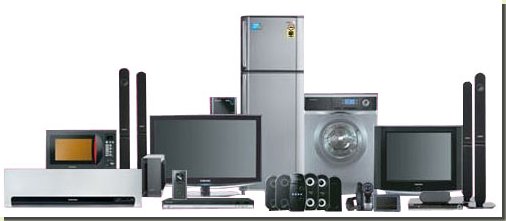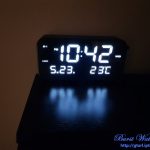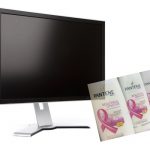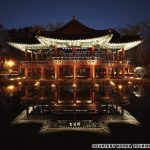PAL, SECAM and NTSC
PAL: The PAL system aims to improve upon its predecessors, which is why it has a higher resolution than NTSC and improved coloring over SECAM. PAL also has the ability to keep up with frame rate conversion than NTSC, so watching films will be more fluid.
SECAM: SECAM is one of the early attempts at color television. It is trusty and broadcasts over longer distance, but it isn’t as vibrant or clear as PAL.
NTSC: Most American broadcasts come through the NTSC system. It has a lower resolution than the PAL system. However, color controls allow you to adjust the tint of your screen if it comes through NTSC so that it looks just as bright and vibrant as it should.
DVB TV standards map
Region 1 – USA and Canada
Region 2 – Europe, Japan, the Middle East, North Africa, Egypt, and South Africa
Region 3 – Taiwan, The Philippines, Korea, Indonesia, Hong Kong
Region 4 – Mexico, Central America, South America, Australia, New Zealand, the Pacific Islands, and the Caribbean
Region 5 – Russia, Eastern Europe, India, North Korea, and East and West Africa
Region 6 – China.
Blu-ray zones
Region A: North America, Japan, Korea, and Southeast Asia
Region B: Europe, Africa, Australia and New Zealand, the Middle East, and Greenland
Region C: China, India, Russia, Central and South Asia, Bangladesh, Nepal, and Pakistan

TV Types
PAL (Phase Alternation Line) offers 625 lines per second to produce a very detailed image on a wider luminance (color signal) bandwidth. The PAL system has been adopted by almost all of the world’s countries using the 50 hz (cycles) voltage.
SECAM: SECAM is one of the early attempts at color television. It is trusty and broadcasts over longer distance, but it isn’t as vibrant or clear as PAL.
NTSC (National Television Standard Committee), the American broadcast frequency, offers 525 lines per second to produce an image with a faster frame rate, which reduces visible flickering and picture noise.

Voltage Power Worldwide: 110 or 220 Volts

The world has many different types of plugs

World plug style map
A: North America, Central America, and Japan. The Japan plug is slightly different than the North American one, which allows them to fit into American outlets but not the other way around.
B: North America, Central America, and Japan as well. These plugs include a third cylindrical beneath the top two.
C: Europe, except for the United Kingdom and Ireland; Cyprus and Malta
D: India, Nepal, Sri Lanka, Namibia, and more
E: France, Belgium, Slovakia, Tunisia, and more. It’s designed to fit into F outlets as well, and vice versa.
F: Spain, the Netherlands, Germany, Austria, and more.
G: The United Kingdom, Ireland, Malta, Malaysia, Hong Kong, and Singapore. The UK sockets have shutters in order to prevent foreign objects from being inserted into them.
H: Israel
I: Australia, New Zealand, Papua New Guinea, and Argentina
J: Switzerland and Liechtenstein. Type C plugs can also fit and function in a type J socket.
K: Denmark, Greenland, and more.
L: Italy. The Italian socket will often work with C, E, F, and L plugs as well.
M: South Africa, Lesotho, Swaziland, and more.
N: Brazil and South Africa.








